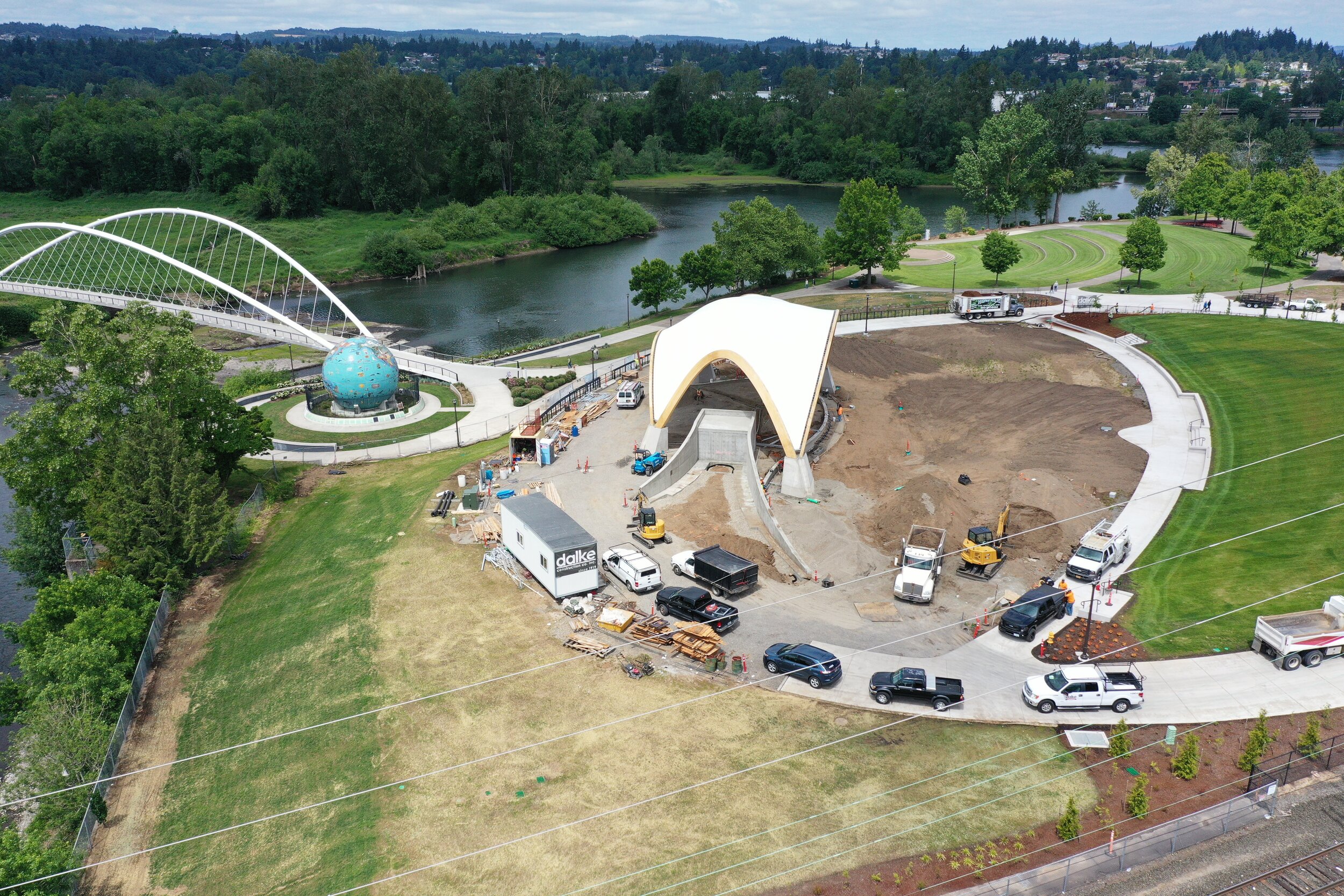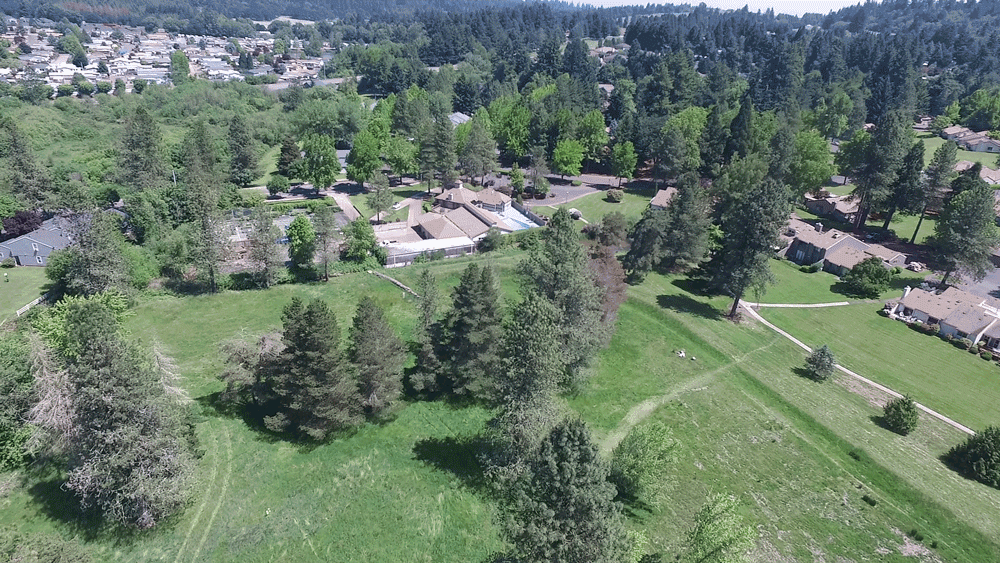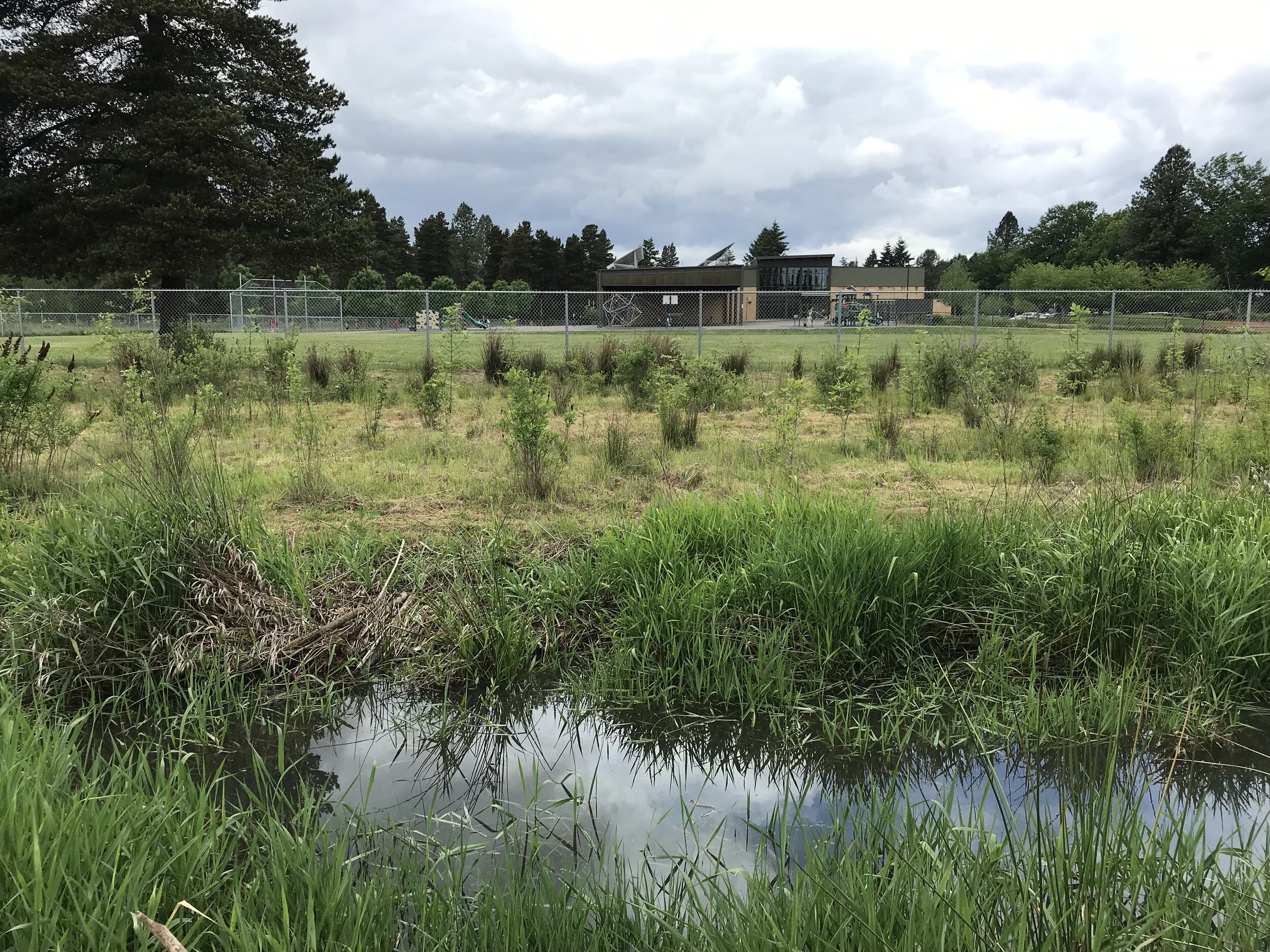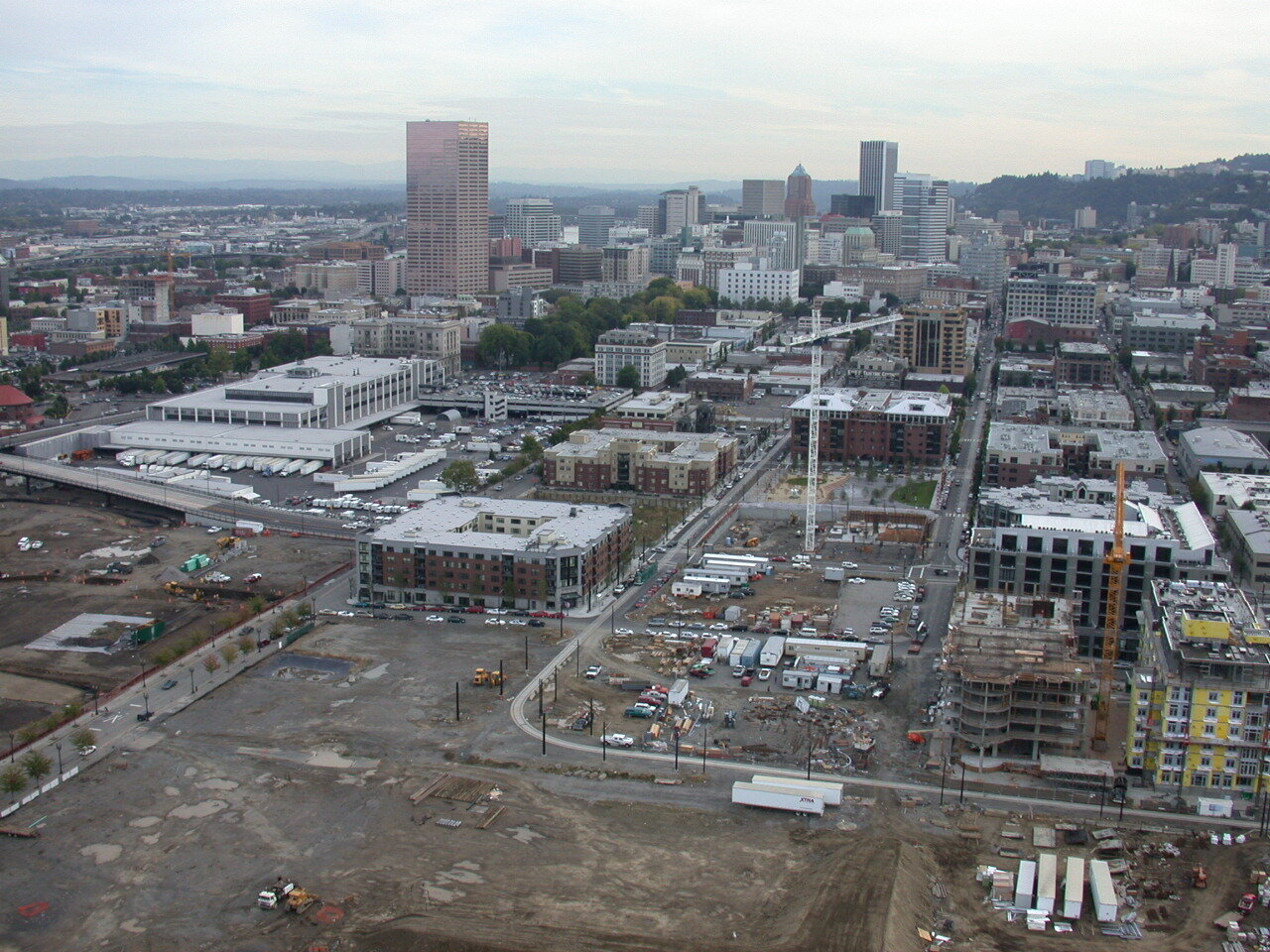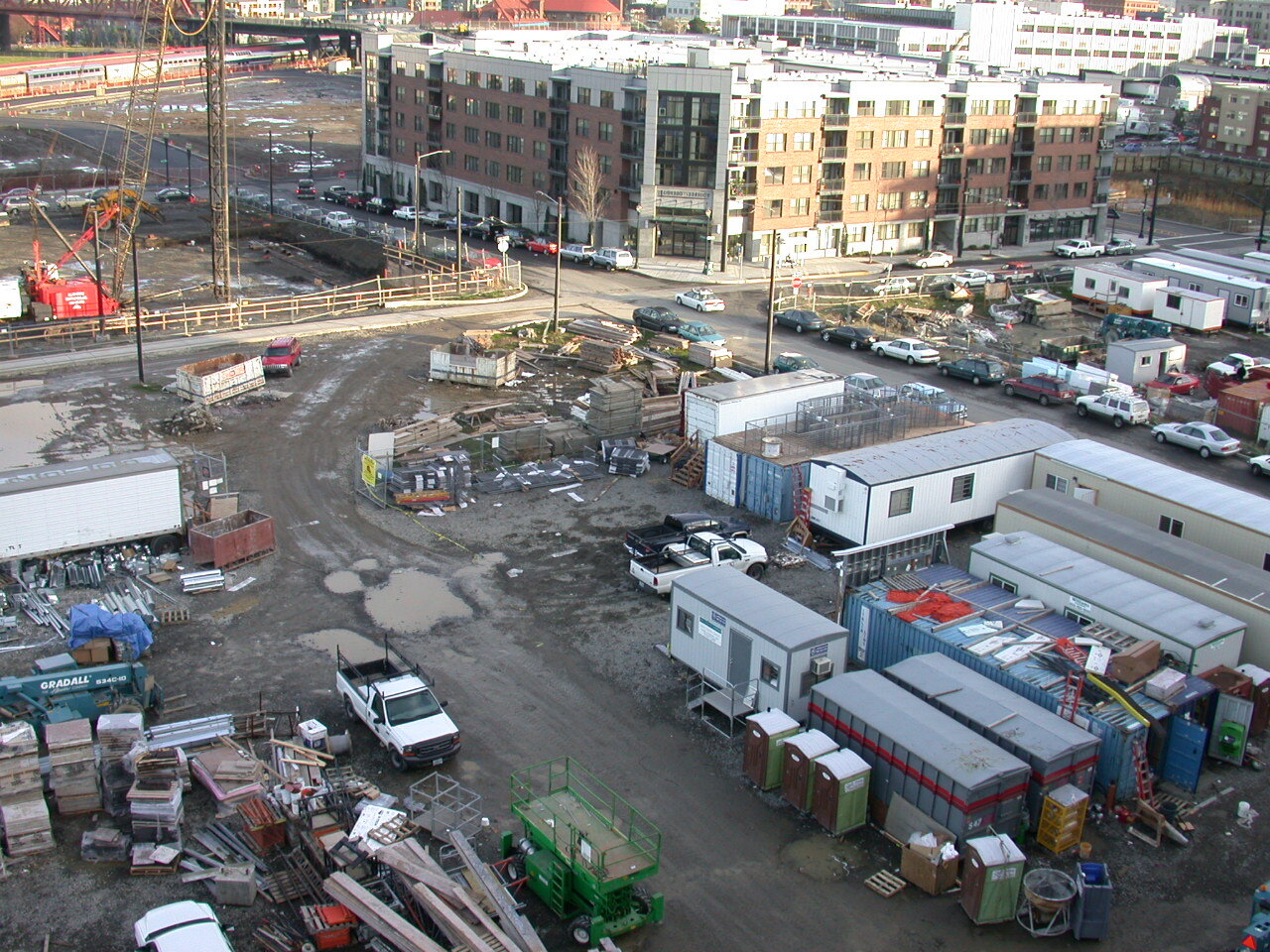Fanno Creek Restoration and Recreation Enhancements
/GreenWorks has been providing landscape architectural services on Tigard’s Fanno Creek watershed since 2002, when a team including GreenWorks was hired by the City of Tigard to site the city’s new library and community center—an area bordered by a virtually untouched segment of Fanno Creek.
Since then, GreenWorks has worked on the Fanno Creek Remeander, where a multidisciplinary design team devised an approach to restore a segment of Fanno Creek to its natural, meandering alignment to improve hydrologic function of the creek and the adjacent floodplain. GreenWorks’ focus included the design of Fanno Creek Trail, which now mimics the new creek alignment, drawing pedestrians and bikers further into the park to experience the natural environment. During the project, GreenWorks participated in Camas Days at Dirksen Nature Park, where visitors could vote on priorities for potential projects and amenities along the Fanno Creek Trail including additional parking, enhanced trailheads, public art, interpretation, overlooks, and more. The design team created a map of the entire trail in Tigard and highlighted potential projects and amenities to help people visualize and provide input on what they felt would enhance their experience on the trail.
GreenWorks also provided services through a Local Agency Liaison contract with ODOT on four segments of the Fanno Creek Trail. The alignment passes through natural areas and triggered wetland mitigation as well as vegetated corridor mitigation through CWS. The evaluation of trail alignments included criteria such as cost, environmental impact, and user experience. Trail design included about 1.7 miles of new shared-use path to be designed and constructed in accordance with regional, state and national standards. To aid with public outreach, GreenWorks created illustrative graphics covering four new segments of trail along the Fanno Creek Trail and participated in a public open house at Tigard Library.
















